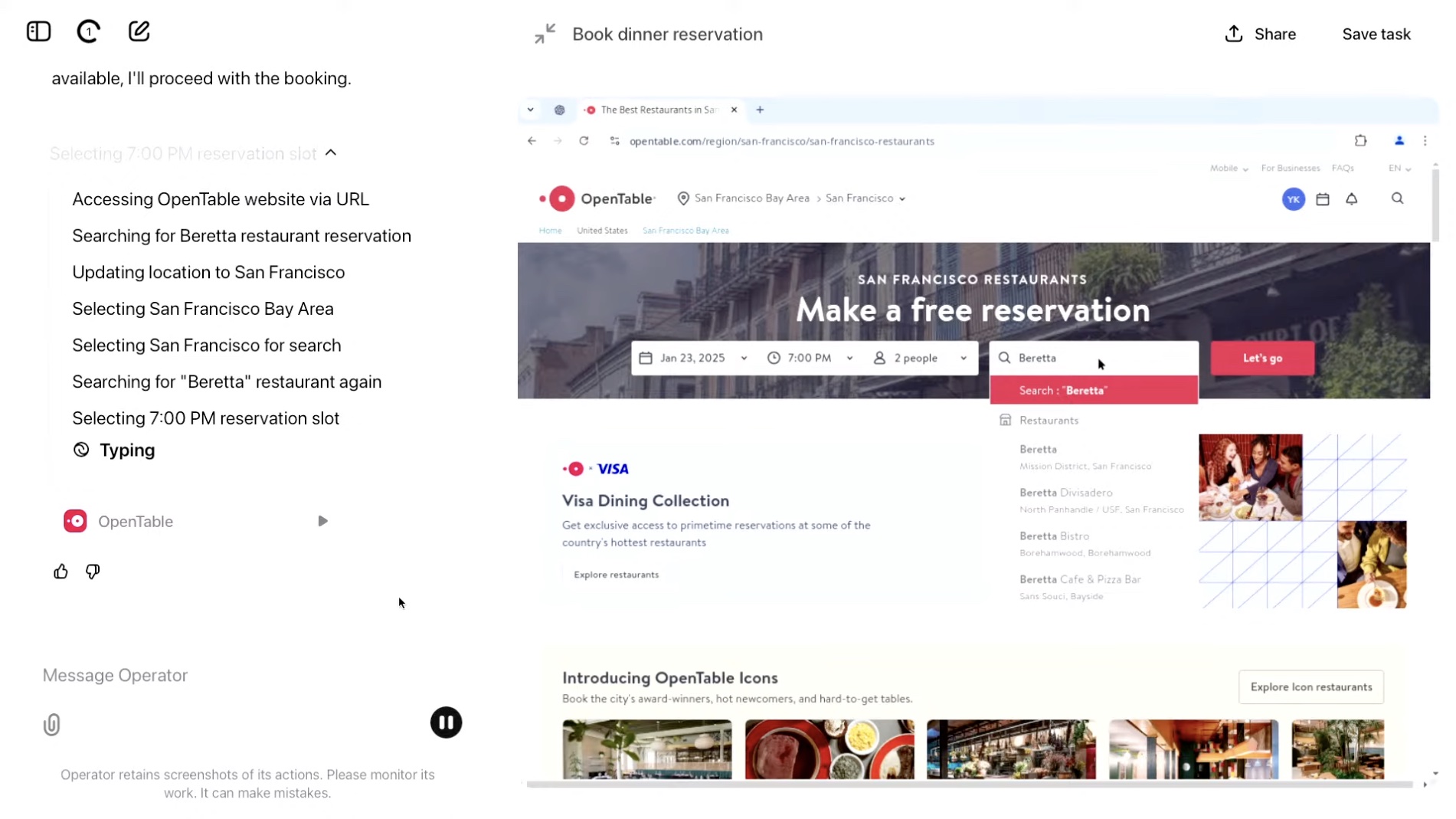- AI company has released a design of a keyboard dock for smartphones
- With a beige color scheme and a pseudo-mechanical keyboard, it has a strong 1980s feel to it
- It is expected to cost less than $250 and will appeal to those looking for a Psion 5MX replacement
Amber.Page, an AI startup for writers, has teased a new keyboard case that transforms an iPhone into a portable, laptop-like writing device.
Shared by company founder Justin Mitchell on Threads, the renders of what he’s calling the AmberDeck show a clamshell-style design reminiscent of retro tech, like a mini Tandy TRS-80 Model 100 or the Psion 5MX. The latter had a similar design with what was widely considered one of the best keyboards ever made for a device of its size.
The device offers a minimalist setup for drafting articles, editing text, and even tackling writer’s block with the support of the startup’s AI-powered writing assistant.
Mitchell wrote, “Been cooking on some hardware for Amber over the holiday break. Always wanted a clamshell iPhone keyboard for focused writing on the go, so I made one.”
The case isn’t intended as a permanent enclosure for your phone; rather, it serves as a docking station, turning your device into a focused typing tool with a high-travel pseudo-mechanical keyboard that features a compact 60% layout. Yanko Design says when docked, you won’t be able to use your phone for usual tasks such as accessing the camera or making calls, but if you're focused on writing that will be a good thing.
A work in progress
Mitchell wrote, “Been cooking on some hardware for Amber over the holiday break. Always wanted a clamshell iPhone keyboard for focused writing on the go, so I made one.”
The case isn’t intended as a permanent enclosure for your phone; rather, it serves as a docking station, turning your device into a focused typing tool with a high-travel pseudo-mechanical keyboard that features a compact 60% layout. Yanko Design says when docked, you won’t be able to use your phone for usual tasks such as accessing the camera or making calls, but if you're focused on writing that will be a good thing.
The clamshell case includes an adjustable hinge for screen positioning and a charging port for the keyboard itself. Yanko Design notes the case doesn’t appear to support pass-through charging for the phone, and the keyboard lacks backlighting, which will limit its usability in low-light settings. That said, this is still only a prototype, so things could change.
Indeed, in another thread, Mitchell has updated the design based on feedback and suggestions from his social media followers, including changes made to improve functionality and compatibility. In the updated design, the hinge is centered and features a dual-action mechanism, allowing the case to lay completely flat thanks to an internal gap inside the top shell.
The arrow keys have been reconfigured to a standard layout, with the shift key moved to the right and enlarged for a more intuitive typing experience. A gap has been added around the faceplate, making it easy to pop off and customize or swap as needed. To accommodate a wider range of devices, including Android phones, the inset on the inside has been squared off for better versatility. Additionally, the lip of the case has been moved to the top.
Mitchell has suggested the AmberDeck could sell for under $250, and while these early renders are just a preview, the case could potentially appeal to writers, journalists, and editors looking to turn their phones into compact writing devices that can be used anywhere.
You might also like
- These are the best free writing apps you can get right now
- And these are the best AI writing tools available
- The modular smartphone returns, sort of, via a Chinese vendor
from Latest from TechRadar US in News,opinion https://ift.tt/jOhkb3U


